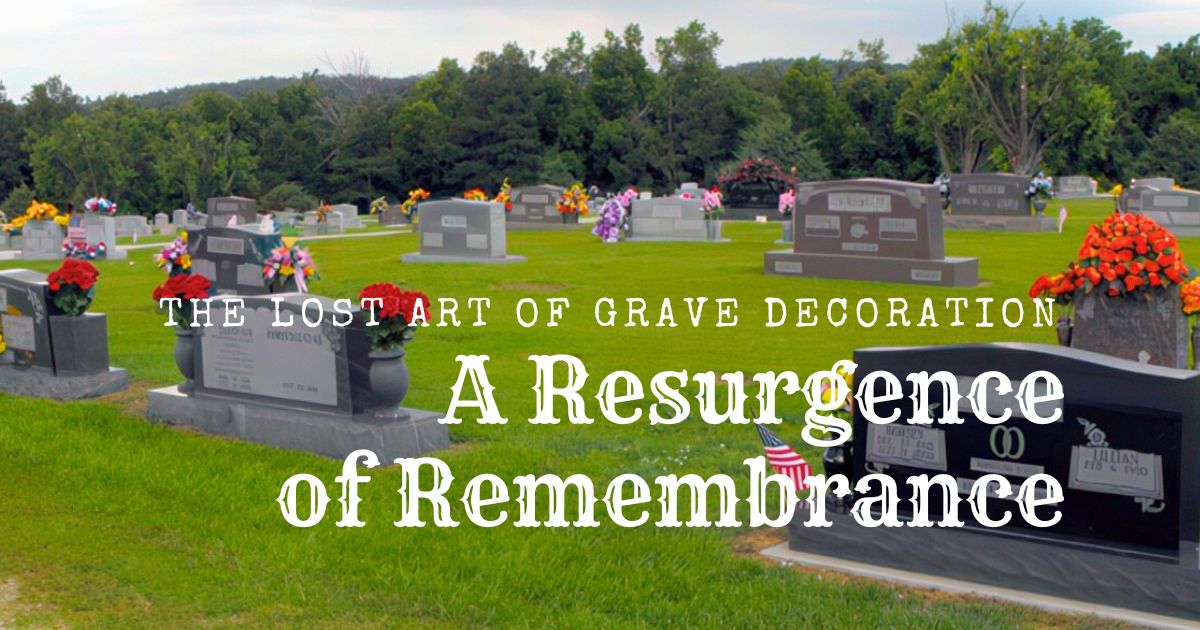
In an era dominated by fleeting digital tributes, the tangible act of decorating graves has become a poignant counterpoint, a way to express enduring love and respect for the departed. While some may perceive it as a fading tradition, grave decoration is experiencing a resurgence, fueled by a desire for deeper connection and personalized remembrance.
Historically, grave decoration was an integral part of mourning rituals across cultures. From ancient Egyptians adorning tombs with offerings to Victorian mourners placing flowers and mementos, the practice served as a tangible expression of grief, love, and remembrance. Over time, societal shifts and changing attitudes towards death led to a decline in the practice, with many opting for simple floral arrangements or leaving graves unmarked altogether.
However, in recent years, there has been a renewed interest in the art of grave decoration. This revival is driven by several factors. Firstly, there is a growing desire for more personalized and meaningful ways to honor loved ones. Mass-produced floral arrangements often lack the personal touch that many seek. Instead, people are opting for items that reflect the deceased's personality, hobbies, or beliefs.
Secondly, the rise of social media has played a role in showcasing the creativity and diversity of grave decoration. Online communities and platforms dedicated to memorializing loved ones have inspired individuals to explore new and innovative ways to adorn graves. From handcrafted wreaths and painted stones to personalized keepsakes and symbolic objects, the possibilities are endless.
Thirdly, there is a growing recognition of the therapeutic benefits of grave decoration. The act of tending to a loved one's final resting place can be a cathartic experience, providing solace and comfort in the grieving process. It allows individuals to express their emotions, connect with their memories, and create a lasting tribute to the deceased.
Today, cemeteries are witnessing a resurgence of beautifully decorated graves, each telling a unique story. Some are adorned with vibrant flowers, creating a colorful tapestry of remembrance. Others feature personal items, such as photographs, letters, or objects that held special meaning to the deceased. Still others incorporate symbolic elements, such as candles, wind chimes, or religious icons.
The revival of grave decoration is not without its challenges. Cemetery regulations often restrict the types of items that can be placed on graves, limiting creativity and personalization. Additionally, the cost of materials and the time required to maintain decorations can be a barrier for some.
Despite these challenges, the art of grave decoration continues to thrive. It is a testament to the enduring power of love, memory, and the human desire to honor those who have passed. As we navigate an increasingly digital world, the tangible act of decorating graves serves as a poignant reminder of the importance of connection, remembrance, and the enduring legacy of those we cherish.





